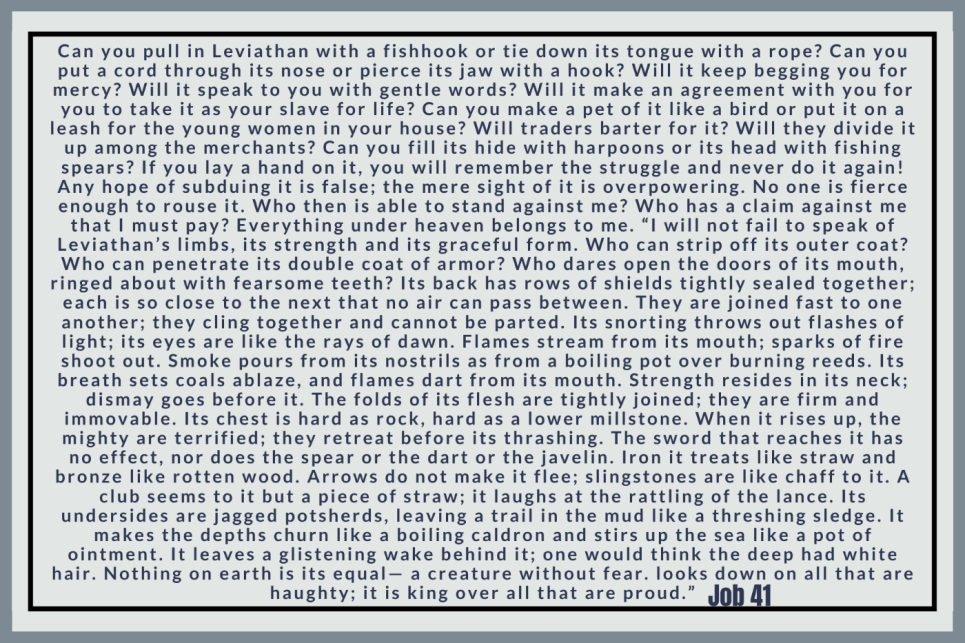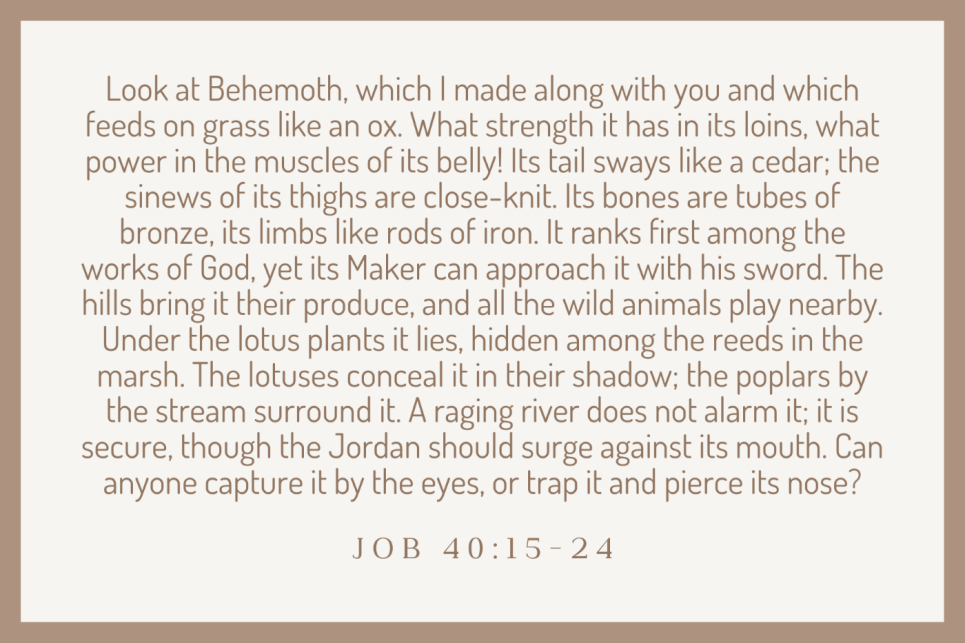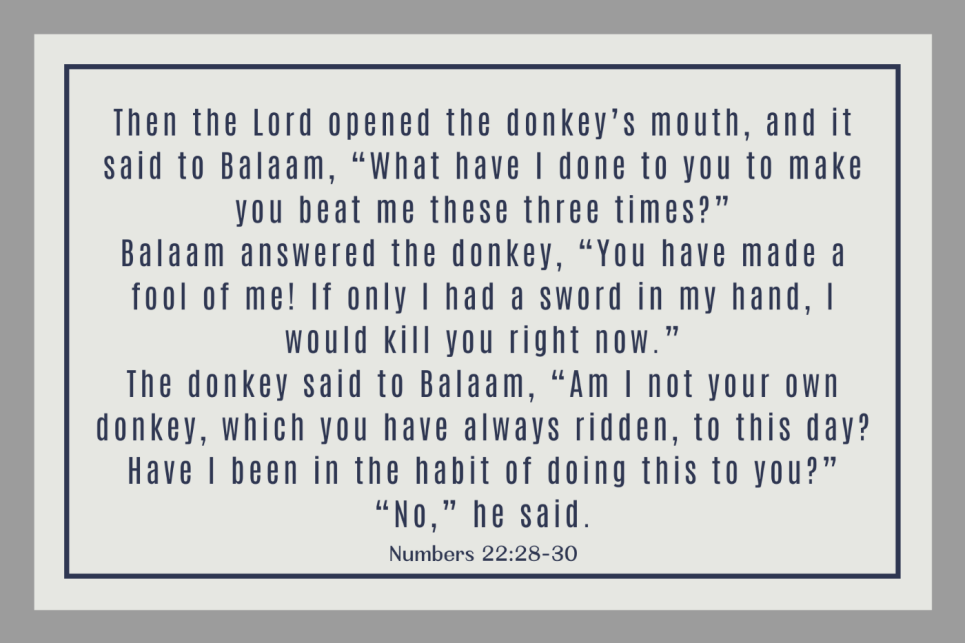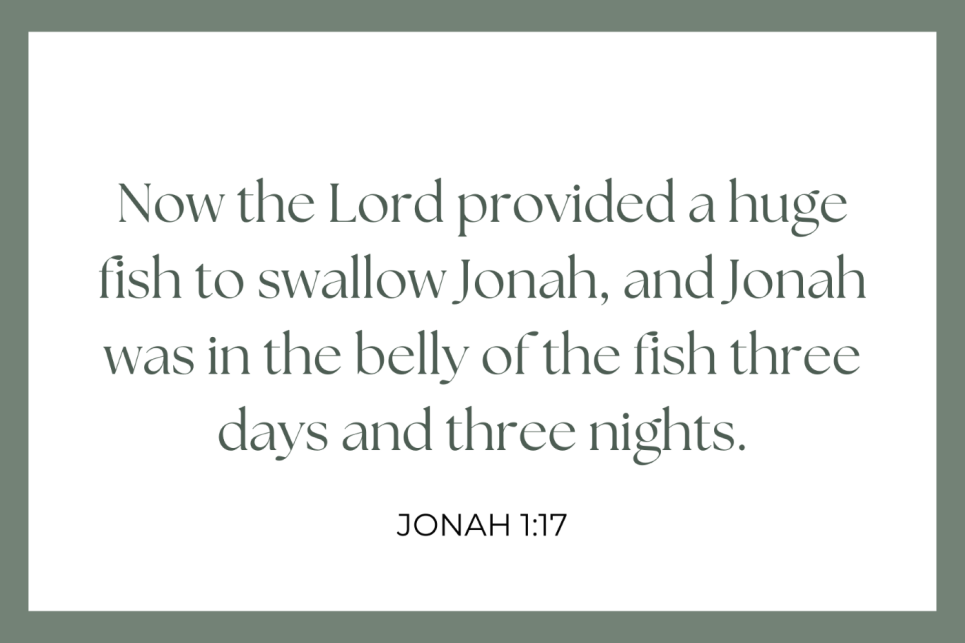The Wonderfully Weird Beasts of the Bible
The Bible is filled with vivid imagery and symbolism, often drawing from the natural world to convey deeper spiritual truths. from the awe-inspiring and majestic to the mysterious and even fearsome, animals are frequently used as intermediaries to convey moral truths, illustrate human traits, and sometimes are even messengers of His will.
The Curious Menagerie
The Leviathan
The Leviathan is one of the most enigmatic and formidable creatures mentioned in the Bible. Described as a giant sea monster or dragon, it embodies chaos and power that only God can tame. Primarily featured in three key biblical texts, Job 41 describes the leviathan as a creature of immense strength and invincibility, emphasizing human powerlessness compared to Godly might. Psalm 104:25-26 references the Leviathan, depicting it as one of God’s creations, and Isaiah 27:1 describes a future where God defeats it.

Symbolism and Insights
The Leviathan represents:
- The conflict between good and evil
- The ultimate triumph of good over evil
- God’s supremacy over all of creation
- God's protection and deliverance
- The futility of human strength without God
- Sometimes seen as a symbol of pride that God will ultimately humble.
- An embodiment of Satan or demonic forces
The Behemoth
Spending its days peacefully grazing and roaming the soil, Job presents the Behemoth as a colossal beast with brute strength and stature.

Symbolism and Insights
The Behemoth represents:
- The variety and wonder of God’s creation
- The limitations of human strength and understanding
- God’s provision and care for all creatures
- Unyielding strength and stability
- Peace and harmony within the world
Potential Real-World Counterparts
Unable to reach an agreement, scholars have suggested the behemoth may be a mythological creature created by blending characteristics of various large animals known to the ancient world to convey theological truth through symbolism. Still, many scholars have debated the possibility of the Behemoth being one of or a relative of the following animals:
- Hippopotamus
- Elephant
- Ancient Megafauna like the wooly mammoth or another prehistoric herbivore
- A large herbivorous dinosaur similar to a sauropod
Balaam’s Talking Donkey
Balaam’s talking donkey is one of the more unusual and memorable animals in the Bible. As described in Numbers 22, the non-Israelite prophet Balaam has been summoned to curse the Israelites. During the journey, his donkey abruptly stops, keenly aware of the angel on the path ahead. Unaware of the angel's presence, Balaam becomes frustrated by the donkey's refusal to move forward and strikes the donkey three times. In a dramatic turn of events, the Lord opens the donkey’s mouth, allowing it to speak and question Balaam’s actions. After the donkey spoke, God opened Balaam’s eyes to see the angel, who rebuked him for his stubbornness and disobedience.

Symbolism and Insights
Balaam’s Donkey Represents:
- God's ability to use any means to communicate His will and intervene in human affairs
- The revelation of spiritual truths that are often hidden from human perception
- Human folly
- The reminder to remain spiritually aware and attentive to God’s presence and directives
- The reminder that guidance can come through unexpected sources
- The need for humility and acceptance of God's will over personal desires
- The importance of vigilance and discernment
Jonah’s Great Fish
Jonah’s encounter with the great fish is one of the Bible’s most famous stories. Called upon by God to intervene with the wicked ways of the citizens of Nineveh, the Book of Jonah reveals Jonah’s attempt to flee his responsibility. At sea, headed in the opposite direction, God sent a violent storm, and Jonah was thrown overboard by the terrified crew. Instead of drowning, Jonah is swallowed by a great fish, spending three days and three nights in its belly. Inside the fish, Jonah prayed to God, expressing his repentance and commitment to obey. God commands the fish to vomit Jonah onto dry land, and Jonah obediently goes to Nineveh to deliver God's message.

Symbolism and Insights
Jonah’s Great Fish represents:
- The process of turning back to God after straying
- God offers second chances to those who repent and seek His forgiveness
- The powerful renewal and transformation of repentance
- Internal struggles
- Personal introspection and reflection
- The assurance that God’s plans are fulfilled
- God’s ability to use creation to accomplish His purposes
- God's means of discipline and protection
- The need to acknowledge sin
- God’s mercy
- Opportunities for redemption
The Serpent in Eden
While Jonah’s fish may be one of the most famous animals, the Serpent in Eden is hands down the most infamous and pivotal animal within scripture. More cunning than any other animal, the serpent tempted Eve by questioning God’s command not to eat from the tree of the knowledge of good and evil. The serpent deceitfully assured Eve that eating the fruit would open her eyes, allowing her to know good and evil, ultimately making her like God. Eve succumbed to the temptation, ate the fruit, and shared it with Adam, leading to their disobedience against God's command. As a result, sin entered the world, and Adam and Eve were expelled from the Garden of Eden.

Symbolism and Insights
Eden’s Serpent represents:
- The origins of sin and temptation
- The deceptive and subtle nature of temptation that distorts truth and leads to disobedience
- Tests of faith
- The concept of free will
- Moral decisions between right and wrong
- The loss of innocence
- Underscores the correlation between disobedience and a broken relationship with God
- God's plan to restore humanity through Jesus Christ
- The act of questioning and doubting God's word
- The enticement of forbidden desires and autonomy
- The human susceptibility to temptation
Facts and Peculiarities of Other Biblical Animals
- Although more modern translations use the description of “wild ox” or “wild bull,” the KJV references the unicorn 9 times! (Numbers 23:22, Numbers 24:8, Deuteronomy 33:17, Job 39:9, Job 39:10, Psalm 22:21, Psalm 29:6, Psalm 92:10, Isaiah 34:7)
- The animals mentioned in the Bible come from many different regions around the Middle East.
- The lions mentioned in the Bible are presumed to be the Asiatic lion, which became extinct in Palestine around 1400 AD.
- Four species of antelope are mentioned in the Bible.
- There are around 100 different species of animals mentioned in the Bible.
There's No Horsing Around Here
Imbued with intentional meaning and lessons, these captivating and strange animals remind us of morality, God's sovereignty, the need for obedience, the potential for transformation, and the ever-present opportunity for redemption.
- Torrance Community Church of Christ
